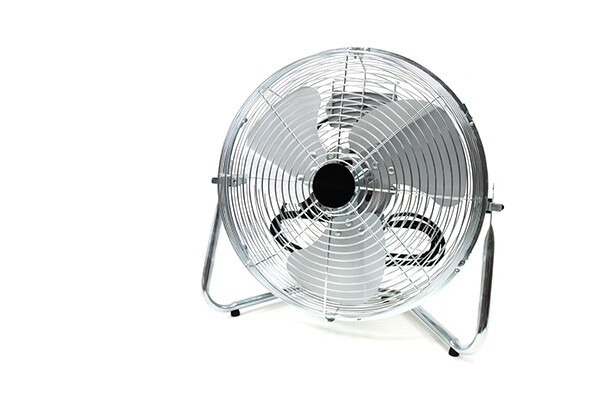Supporting your employees during the UK heatwave
Monday 11th July 2022 nearly reached the highest temperature ever recorded in the UK, and the Met Office has since issued a level three amber heat warning for Monday 18th July 2022.
This means that many people will be facing the heatwave while at work.
And so this begs the question: What can employers do to support their employees during the heatwave?
Currently, there is no legal maximum temperature for workplaces, and employees don’t have the right to leave work due to high temperatures.
However, the Workplace (Health, Safety and Welfare) Regulations 1992 state that employers should ensure their staff are working in reasonable temperatures, and there are plenty of ways employers can do so.
The CIPD has suggested that employers should accommodate flexible working arrangements at this time and allow staff to work from home, where possible.
Commuting in particular can be difficult between the disruptions, crowdedness of carriages, and general overheating.
Therefore, it is recommended that organisations consider staggering start and end times for commuting workers, where necessary, and to be flexible with travel times for employees coming into work, as there may be delays due to the heat.
A number of organisations (including the CIPD, TUC and HSE) have also provided some suggestions for how to help employees working during the heatwave:
- Relax any formal dress code, especially if it has a potential risk of overheating;
- Ensure there is sufficient ventilation by opening windows and allowing fresh air in;
- Position desks away or offer shade from direct sunlight;
- Provide desk fans for employees if the office doesn’t have sufficient air conditioning;
- Ensure employees have frequent breaks and a supply of cold drinks available; and
- Provide additional facilities as required (e.g., cold water dispensers).
If employees are working outdoors, then employers should consider the risk of exposure to the sun.
Employees should be encouraged to wear sunscreen and protective gear (e.g., hats, sunglasses, safety goggles, and loose-fitting clothing).
They should also be advised about the risks of prolonged exposure to the sun and encouraged to regularly check their skin for any early signs of skin cancer.
If possible, it would be beneficial for employers to try to ensure that all of their outdoor employees can swap jobs so that everyone has some time spent in the shade.
Employers could also look at having any outdoor work carried out earlier or later in the working day when temperatures are at lower levels.
Another consideration is that sick days may become more common during times of higher temperatures and you may notice patterns of some employees reporting sick on these days.
One reason for this will be that some employees are vulnerable or have health conditions that could be affected by the hot weather.
Therefore, employers should look at making reasonable adjustments for employees, and make employees feel comfortable with raising any concerns they may have relating to the hot weather.
Ultimately, it is important that employers open up discussions with their employees and recognise how the heat is affecting the workforce.
Working together with employees on how to cope with the heatwave can help with wellbeing and workplace relations too.
Stay in the know
We’ll keep you up to date with all the latest in employment law and HR. You can unsubscribe at any time.


Recent Comments